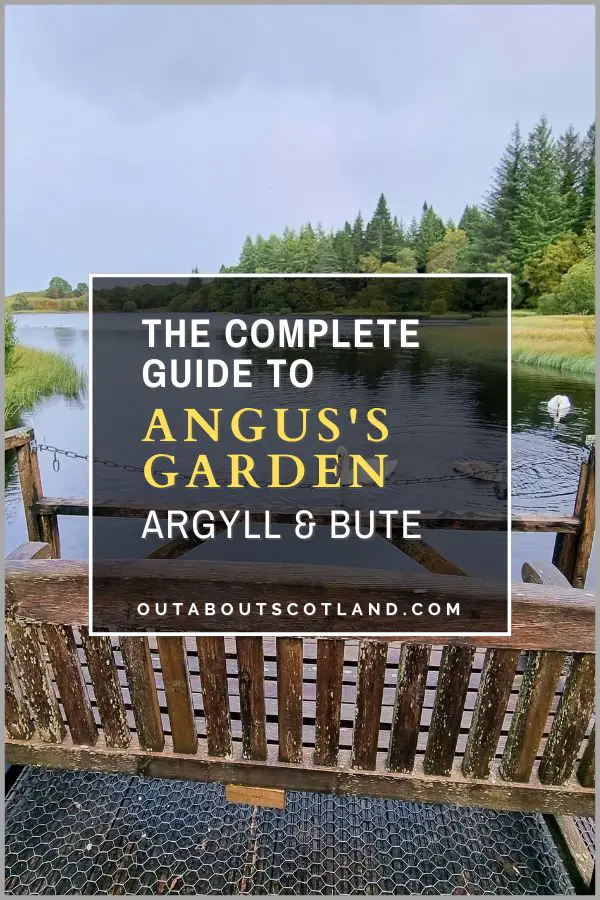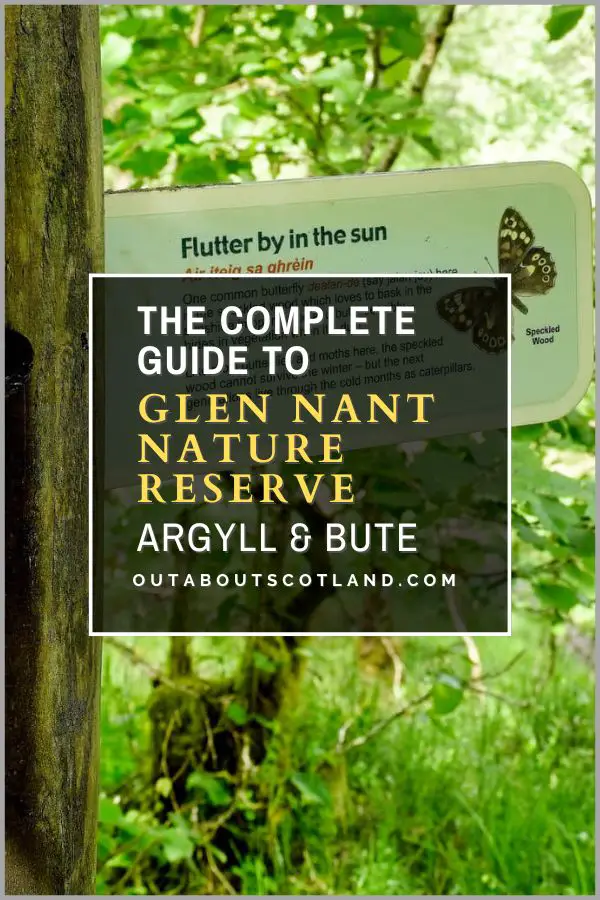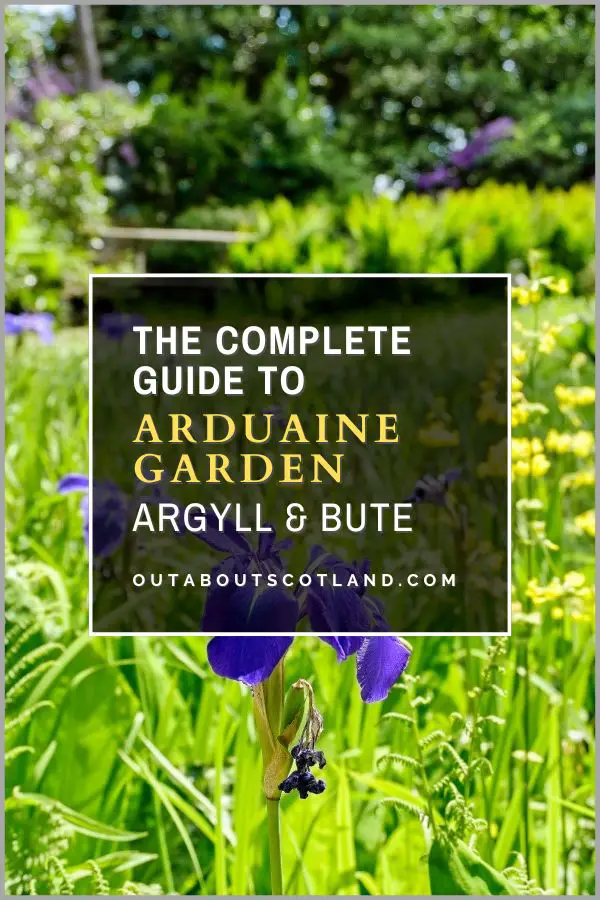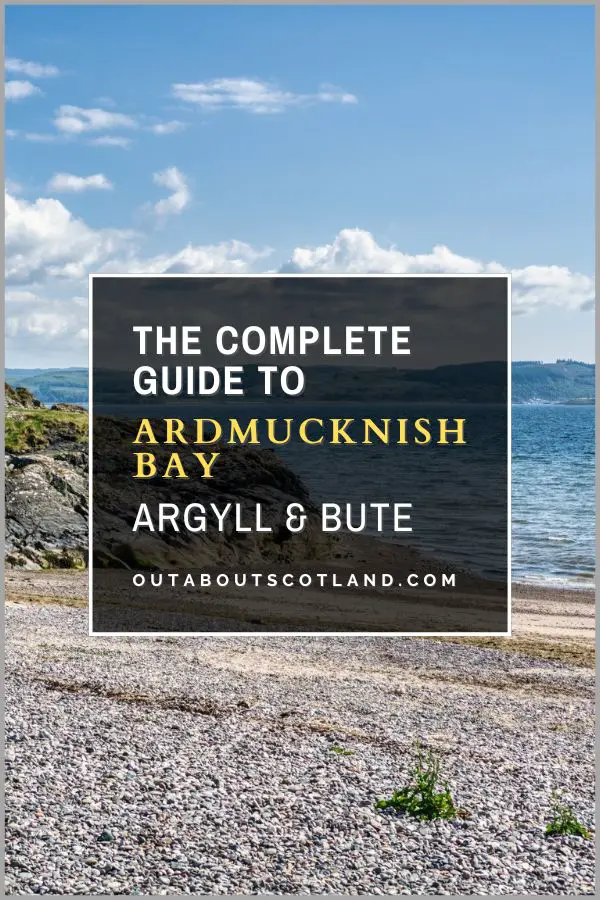New Lanark is a UNESCO World Heritage Site situated on the banks of the Falls of Clyde in Lanarkshire, Strathclyde. The now-restored 18th-century cotton mill was revolutionary at the time it was built due to its use of modern machinery and the social care given to the mill’s employees. Today, New Lanark World Heritage Site is a popular tourist attraction featuring guided tours of the mill buildings, a hotel, a restaurant, and shops.
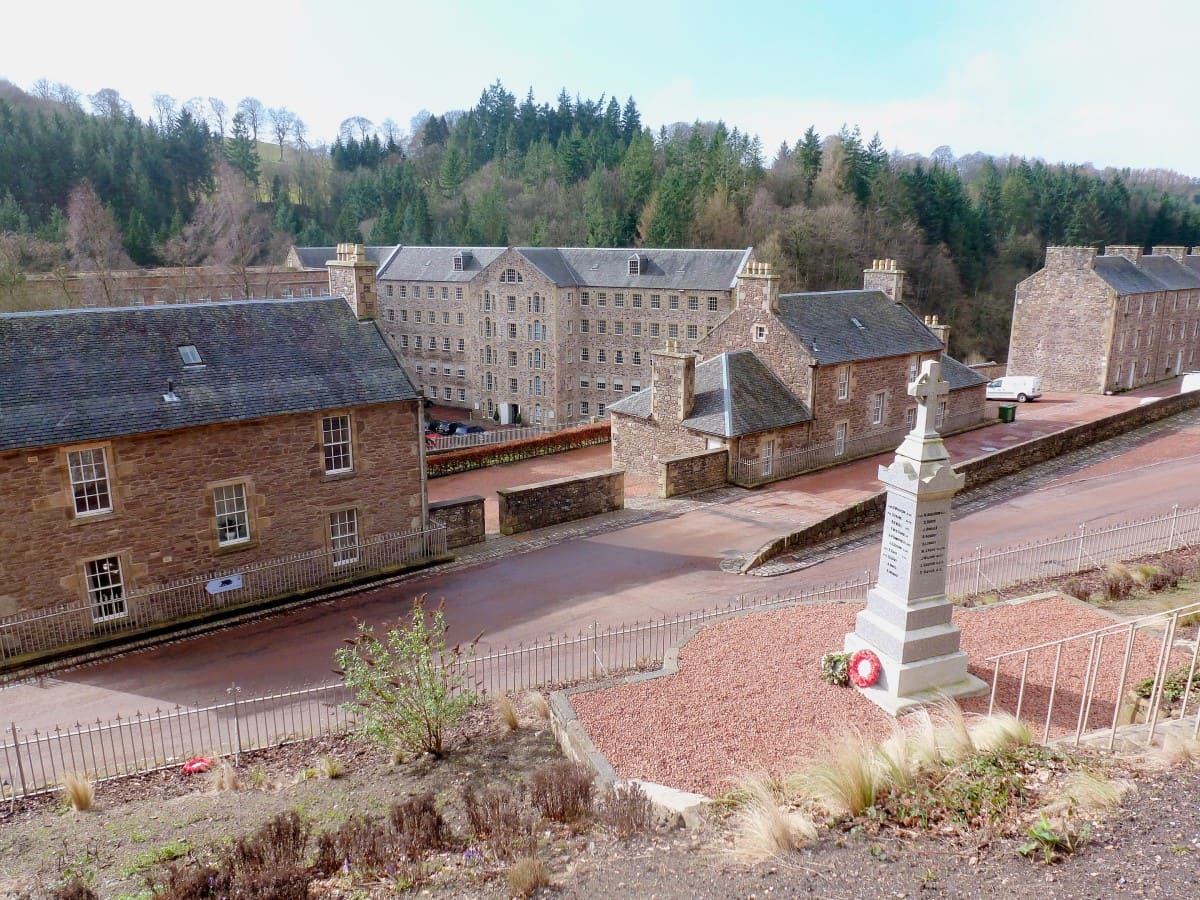
| Address: | South Lanarkshire, ML11 9DB |
| Opening Hours: | Visitor Centre: Friday, Saturday, Sunday & Monday 11am - 4pm (Last Entry at 3:30pm) |
| Admission Price: | Adult £12.00 Concession £9.00 Child (3-16) £6.00 Child (Under 3) Free Family 1 + 2 £20.00 Family 2 + 2 £30.00 |
| Parking: | Free on-site parking |
| Contact: | +44(0)1555 661345 trust@newlanark.org |
| Facilities: | Toilets, shop, cafe, disabled access, visitor centre |
Overview
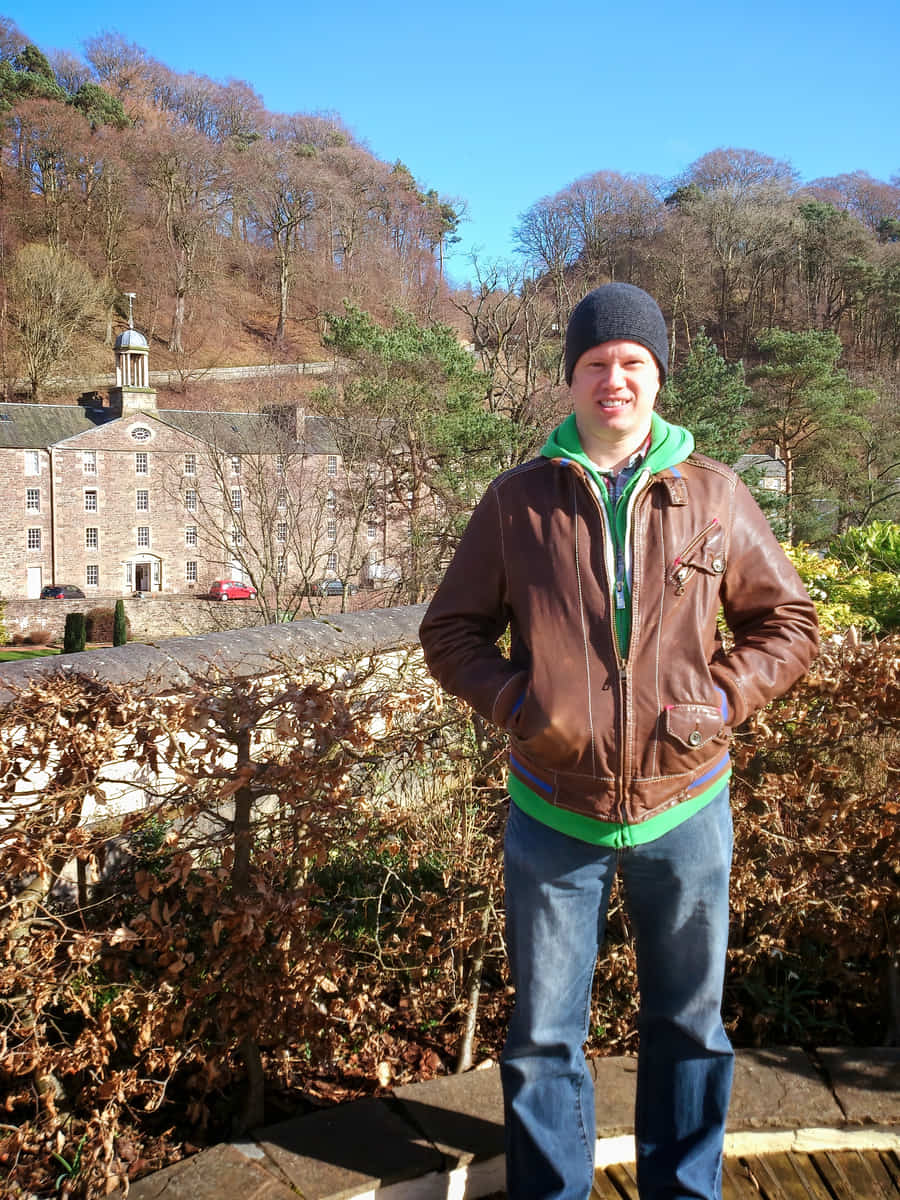
The New Lanark World Heritage Site is a restored 18th-century cotton mill village in Lanarkshire. Robert Owen, a leader in the cooperative movement, was in charge of managing it as an example of social reform. Today, it offers a fascinating glimpse into industrial history, showcasing preserved buildings, interactive exhibits, and the natural beauty of the nearby Falls of Clyde.
Not only is New Lanark a UNESCO site of worldwide importance, but it’s also a superb tourist attraction that features a variety of information displays, artefacts from the mill’s heyday, a cafe, a shop, and riverside walks.
Visiting the New Lanark World Heritage Site is like stepping back in time. This preserved 18th-century mill village is situated in a beautiful riverside setting and offers a unique insight into the industrial history of Scotland.
You can explore the award-winning visitor centre which houses an array of interactive exhibits, a historical recreation of the village, and a ride that takes you on a journey through time. You’ll learn about the life and work of Robert Owen, a social reformer who made significant improvements to conditions for workers.
Robert Owen realised that the short lives of mill workers could be vastly improved if the mill owners provided them with a decent standard of living.
Owen understood that by providing clean and warm housing, along with an education system and fair rights, he could increase production in his wool mills while improving the lives of his workers. This led to the most ambitious and forward-thinking urban planning experiment in the history of the developed world.
The mill complex is situated next to the River Clyde, which was harnessed to turn massive wheels that powered machinery that converted vast quantities of cotton fibres into sheets for sale across the globe. Although much of this machinery now lies dormant, you can see some of it in action when you take a tour of New Lanark.

The Highlights
1: Visit the home of mill manager and social reformer Robert Owen, which gives you a glimpse into his life and work. It’s a great place to learn about the history of the industrial revolution and Owen’s progressive ideas.
2: There are lots of things to see to keep all ages entertained. The ‘Annie McLeod Experience’ ride gives a unique insight into the life of a mill worker in 1820. Also, New Lanark is home to a hotel, a restaurant, and a café, ensuring that visitors can spend a full day exploring and enjoying the site.
3: Enjoy a bite to eat on the largest roof garden in Scotland. It offers stunning views of the surrounding conservation area and the River Clyde, and it’s also home to a variety of plants and wildlife.
Visiting Tips
1: There’s a shop within the heritage site where you can buy New Lanark wool, historic and educational books, gifts, toys, and locally produced foods.
2: Look for the traditional sweet shop in one of the old tenement buildings. From the entrance, turn left and continue halfway along the tenements. The shop is posted on the outside of the building.
3: There’s a nice walk through woodland if you follow the circular path at the southern end of the mill buildings.
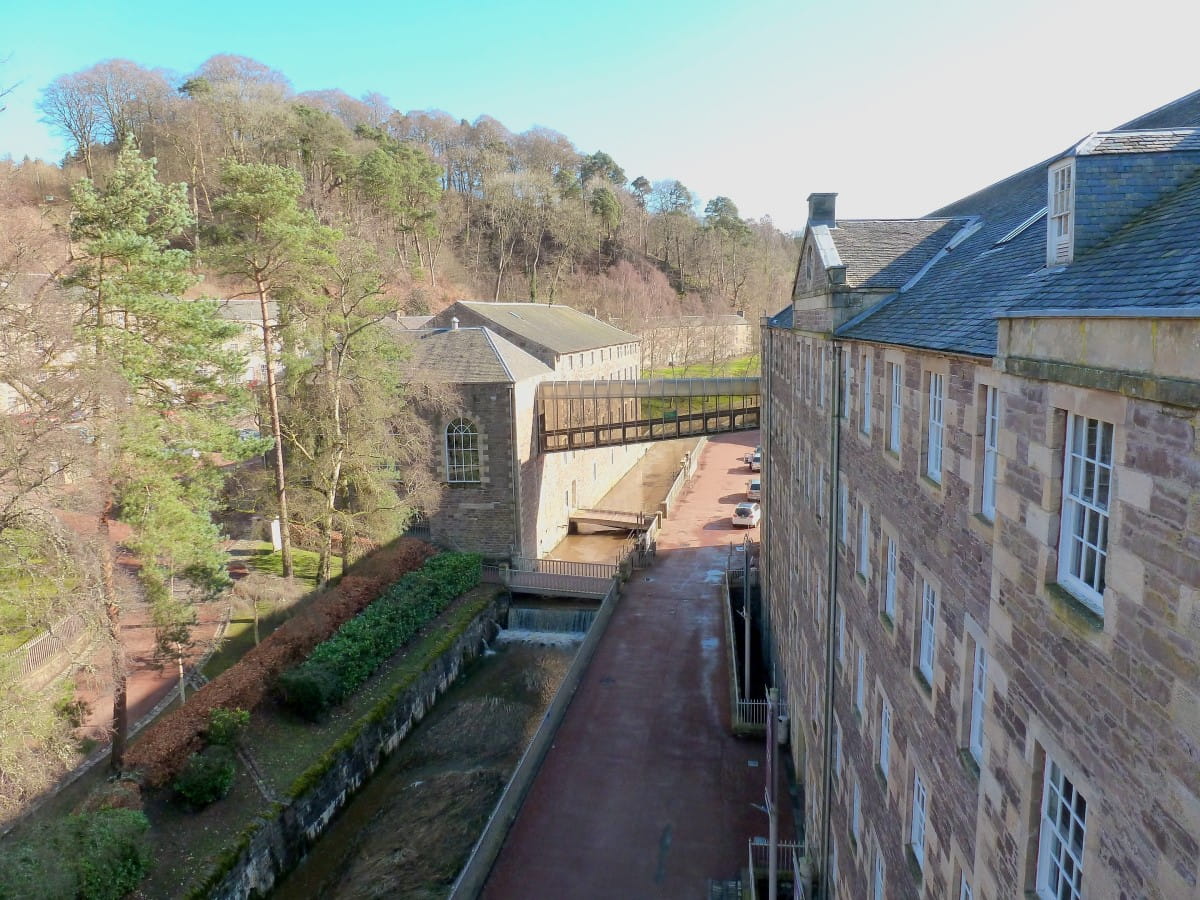
Tourist Information
There’s so much to see and do at this attraction that it’s almost impossible to get bored. There are mill workers’ houses to explore, which have been faithfully restored to how the workers would have lived in them in the 1820s and 1930s, and there’s even a village store that sells delicious 1900s sweets.
However, a trip to the New Lanark World Heritage Site wouldn’t be complete without taking a tour of the mill buildings, led by the ghostly spirit of Annie McLeod. Your journey begins in a motorised carriage that whisks you through the most important rooms in the mill, where Annie will tell you about the living conditions she had to endure in her life as well as tell you a few stories about the mill workers who lived on the site.
At the end of the ride, you can step out and explore the remainder of the working museum for yourself. There are multilingual commentaries for international visitors, as well as an induction loop for the deaf.
Other activities include an exhibition that explores cotton production and working conditions in the 18th and 19th centuries, and you can see the cotton machinery that’s still in operation today. While they don’t currently produce cotton at New Lanark, they do make some fine-quality wool using the original machines, which can be purchased from the on-site gift shop.
If you want to take a breath of fresh air, perhaps the best place to head is the visitor centre rooftop garden which offers lovely views across the entire mill site. This garden is one of the largest of its kind in Scotland and is full of flowers and shrubs in addition to a giant water feature. There’s also lots of seating, making it a great spot for a summer picnic, but if you’d rather sit indoors, I recommend the Mill Café which has a very good selection of quality food, and the coffee’s not bad either.
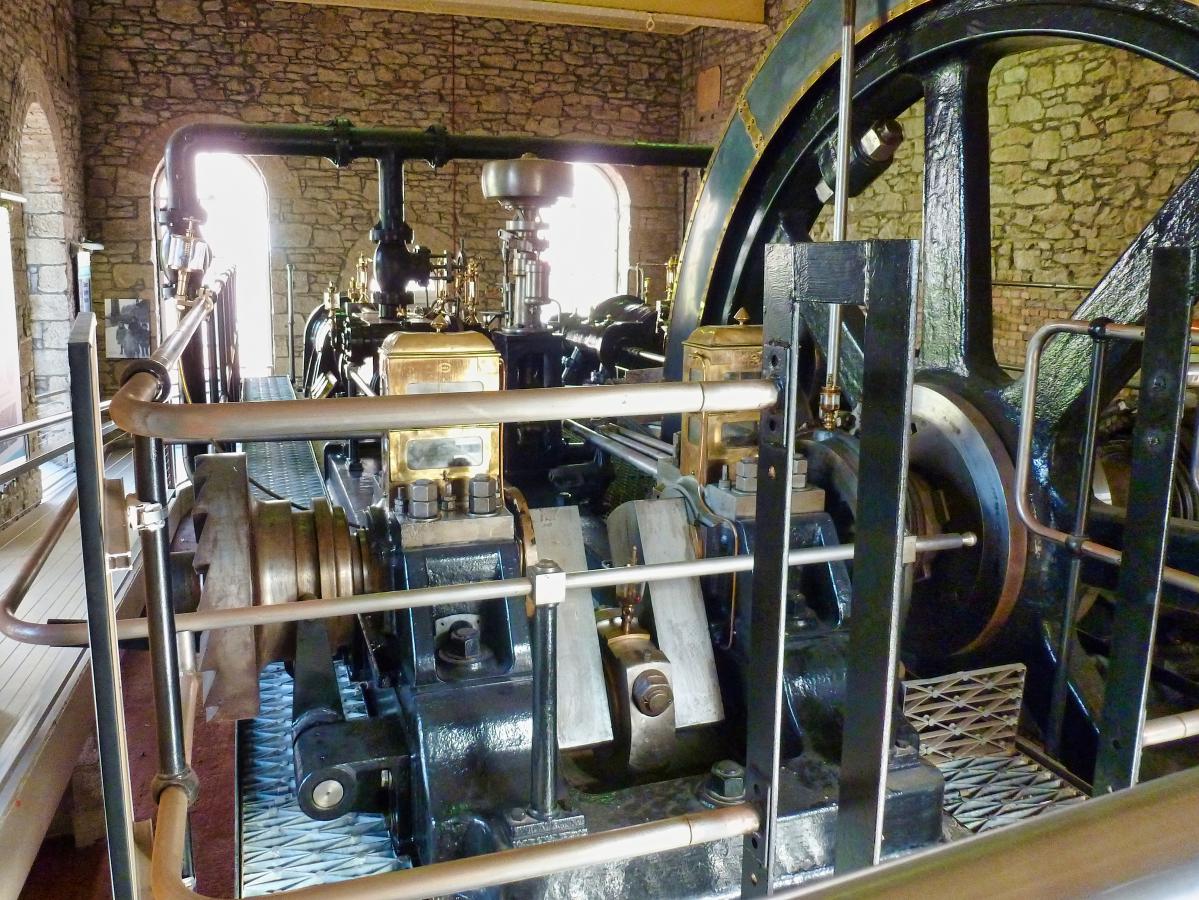
History
While the New Lanark cotton mills were founded in 1786 by entrepreneur David Dale, it was Robert Owen, his son-in-law, who was to become the mill manager, who revolutionised the industry.
Like many of the cotton mills of the time, when New Lanark initially began producing cotton, it utilised the services of around 2,500 workers from the poorhouses of Glasgow and Edinburgh, and these workers were forced to live in terrible conditions. The accommodation was overcrowded and dirty, and the worker’s children were uneducated with little chance of improving their lives.
David Owen realised that education was key to a successful workforce, so he began a new system of social welfare plans that included the building of a nursery and a school for the 500 children living at New Lanark. Not only that, each family was given clean accommodation in the newly built tenement blocks close to the main mill buildings. They were also given fair wages and free health care, something that other industry leaders didn’t consider until many decades later.
This radical thinking was in stark contrast to how businesses usually treated their workers in the 18th century, and many of his peers believed Owen would go bankrupt.
However, to their astonishment, not only did his business survive, but it flourished to the point where statesmen and royalty from across Europe visited New Lanark to see how social reform could boost both lifespan and profits. It has been said that all modern workers’ rights descend from the efforts made by Owen and his colleagues to improve the living conditions of the poor.
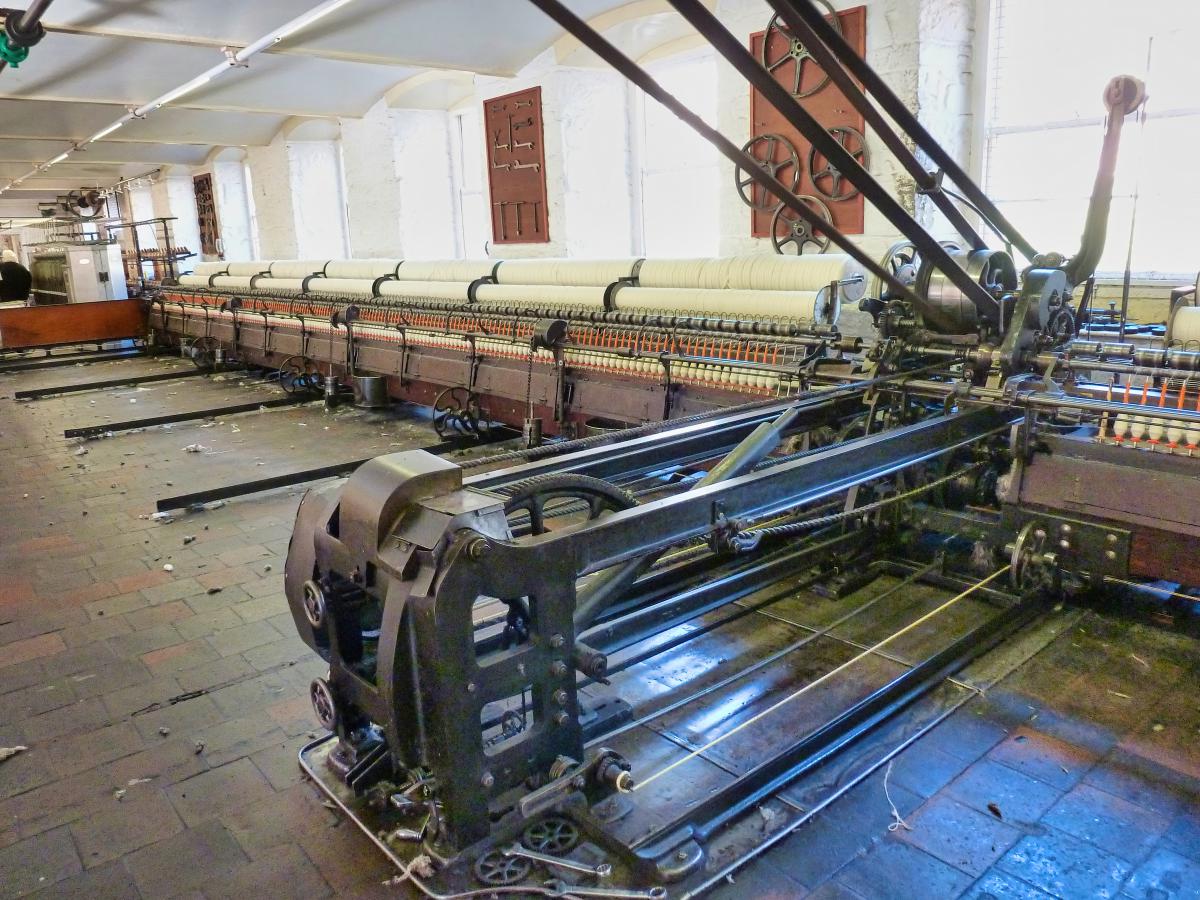
Things to Do
Explore the New Lanark Mill Village: Step back in time and discover the unique history of this industrial village. The restored 18th-century cotton mill buildings provide a fascinating insight into Scotland’s industrial heritage. You can visit the old mill workers’ houses and learn about the people who operated the dangerous mill machinery.
Visit the Robert Owen Museum: This small, but artefact-packed museum provides an intimate look at the life and work of Robert Owen, a social reformer who played a significant role in the industrial revolution. See personal artefacts, documents, and portraits that shed light on Owen’s revolutionary ideas on education and social reform.
Annie McLeod Experience: This is not your typical museum tour. On this interactive ride, a ghostly mill girl, Annie McLeod, guides you through the village’s history to discover what life was like in 1820. It’s an educational and entertaining experience that’s perfect for both children and adults.
Take a stroll along the Falls of Clyde. Just a short walk from the village, you’ll find the Falls of Clyde, where you can experience the power of the thundering waterfalls that powered the mill in its heyday. While there, keep your eyes peeled for the wildlife that lives in the area, including deer, red squirrels, and a variety of birds of prey.
Shop at the New Lanark Mill Shop: In the visitor centre’s gift shop, you’ll find an array of unique, locally made products, from traditional Scottish tartan to Lanark tweed. It’s the perfect place to pick up a souvenir of your visit or a special gift for friends and family.
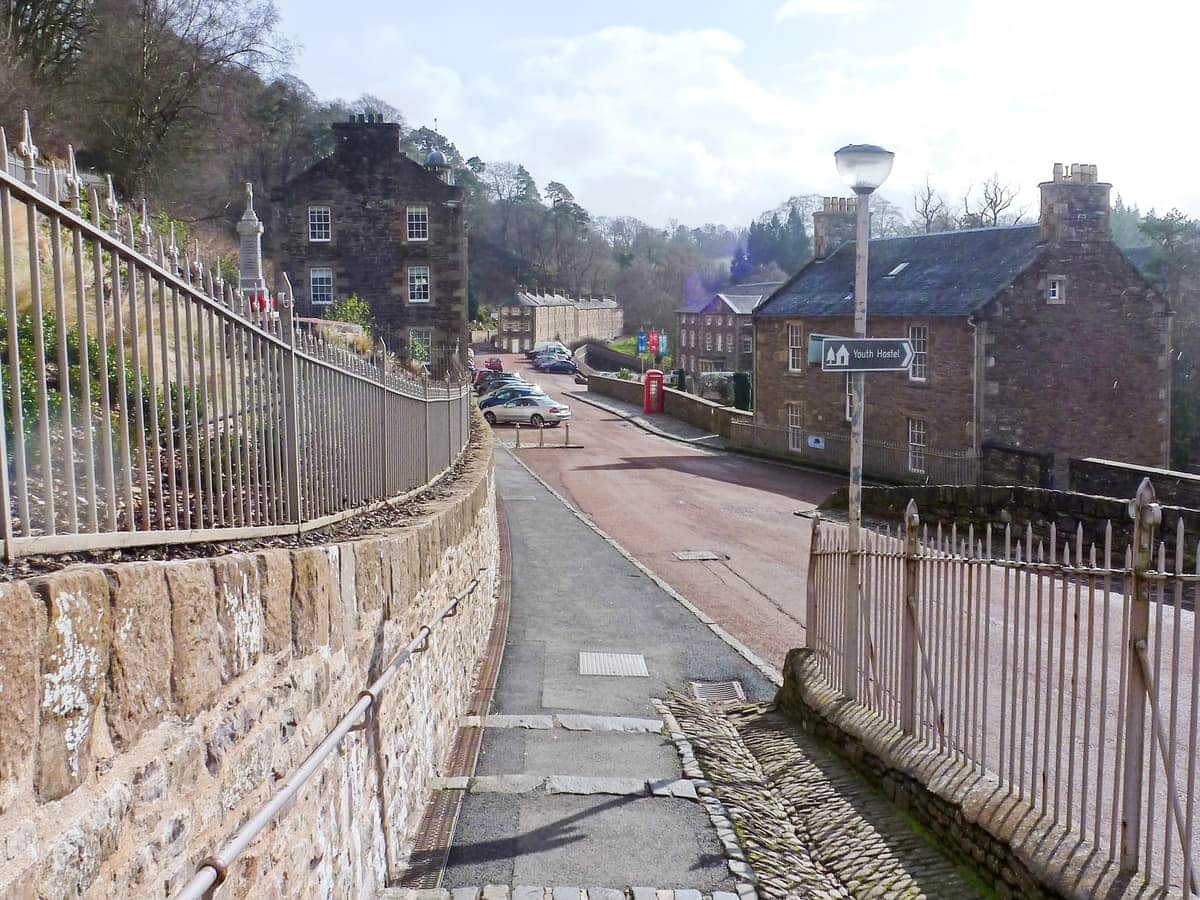
Things to Do Nearby
Lanark Museum, 29 Broomgate, Lanark, ML11 9ET. 6-minute drive.
An independent museum that aims to educate visitors about rural life and the heritage of Lanark. There are artefacts and informative displays that depict the region’s rich industrial heritage.
Clyde Valley Nature Reserve. Lanark Rd., Lanark, ML11 7RB. 8-minute drive.
A reserve consisting of six ancient woodlands, one of which is Cartland Crags, has easy access from the A73. The River Clyde is a short walk south and has a number of riverside paths to follow.
Craignethan Castle. Blackwood, Lesmahagow, Lanark, ML11 9PL, 28-minute drive.
A Historic Environment Scotland-managed castle that was built in the 1530s and is partly in ruin. Nethan Gorge is nearby, as is Nethan Water, which is a site of special scientific interest.
Clyde Valley Family Park. Clyde Valley Family Park, Crossford, by Carluke ML8 5NJ. 15-minute drive.
An amusement and theme park in Carluke that features a miniature railway and an animal petting area. The park is within walking distance of the River Clyde.
Nethan Gorge. 2A Lanark Rd., Crossford, Carluke, ML8 5QG. 15-minute drive.
One of the last remaining natural woodlands in the Clyde Valley. The area is home to a variety of wildlife, including woodpeckers, otters, and badgers. The gorge slopes are quite steep, but there are footpaths through the lower areas around the River Nethan, which winds its way past Craignethan Castle.
Frequently Asked Questions
What is New Lanark now?
New Lanark is a designated UNESCO World Heritage Site. It serves as a popular historic tourist attraction that welcomes over 300,000 visitors annually, as well as being home to around 130 permanent residents.
Do people still live in New Lanark?
People still live in New Lanark, with current numbers at approximately 130 permanent residents. Of all the historic accommodation blocks, only Mantilla Row has not been restored.
Why did New Lanark fail?
During its heyday in the 18th century, New Lanark was one of the most successful mills in Scotland. However, by the time it closed in 1968, it was not economically viable due to the rising cost of worker’s wages and the cost of maintaining their housing.
What visitor facilities are there at the New Lanark World Heritage Site?
The New Lanark World Heritage Site has car parking, a restaurant, gift shops, toilets, guided tours, and a children’s play park. Visit the official website for updated information on available facilities.


